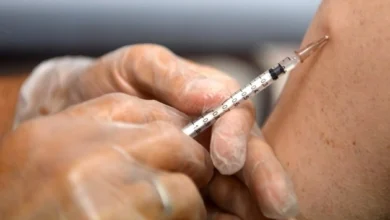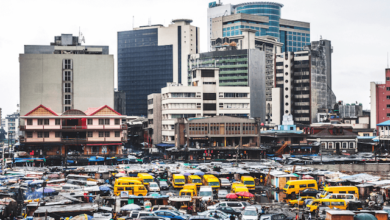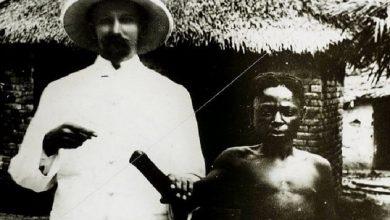Children of cobalt miners in Congo have a greater risk of congenital abnormalities

The extraction of cobalt in Congo is a threat to the health of local residents and the environment. This is shown by a joint study by scientists from KU Leuven and the University of Lubumbashi in Kasulo, a district of Kolwezi, in the heart of the Congolese mining area. Cobalt is a crucial component of rechargeable lithium-ion batteries, which in turn are indispensable for the functioning of smartphones and electric cars.
After the discovery of cobaltite under a house, the Kasulo neighbourhood changed into a mine in the short term. Between the houses there were dozens of mines where craft miners started to work while the residents continued to live there. The big problem is the dust that is released and that not only contains cobalt but also other metals such as uranium.
Research into the urine and blood samples of 72 residents, including 32 children, according to researcher Benoit Nemery (KU Leuven) shows that especially the children are vulnerable. They had ten times as much cobalt in the urine as children living in an adjacent neighbourhood.
In addition to cobalt, which is not as toxic as lead, cadmium or arsenic, increased concentrations of other metals were observed. The DNA of the children was also more damaged. In another study that is still underway, there are indications, according to Nemery, that children of the miners are at greater risk of congenital malformations.




